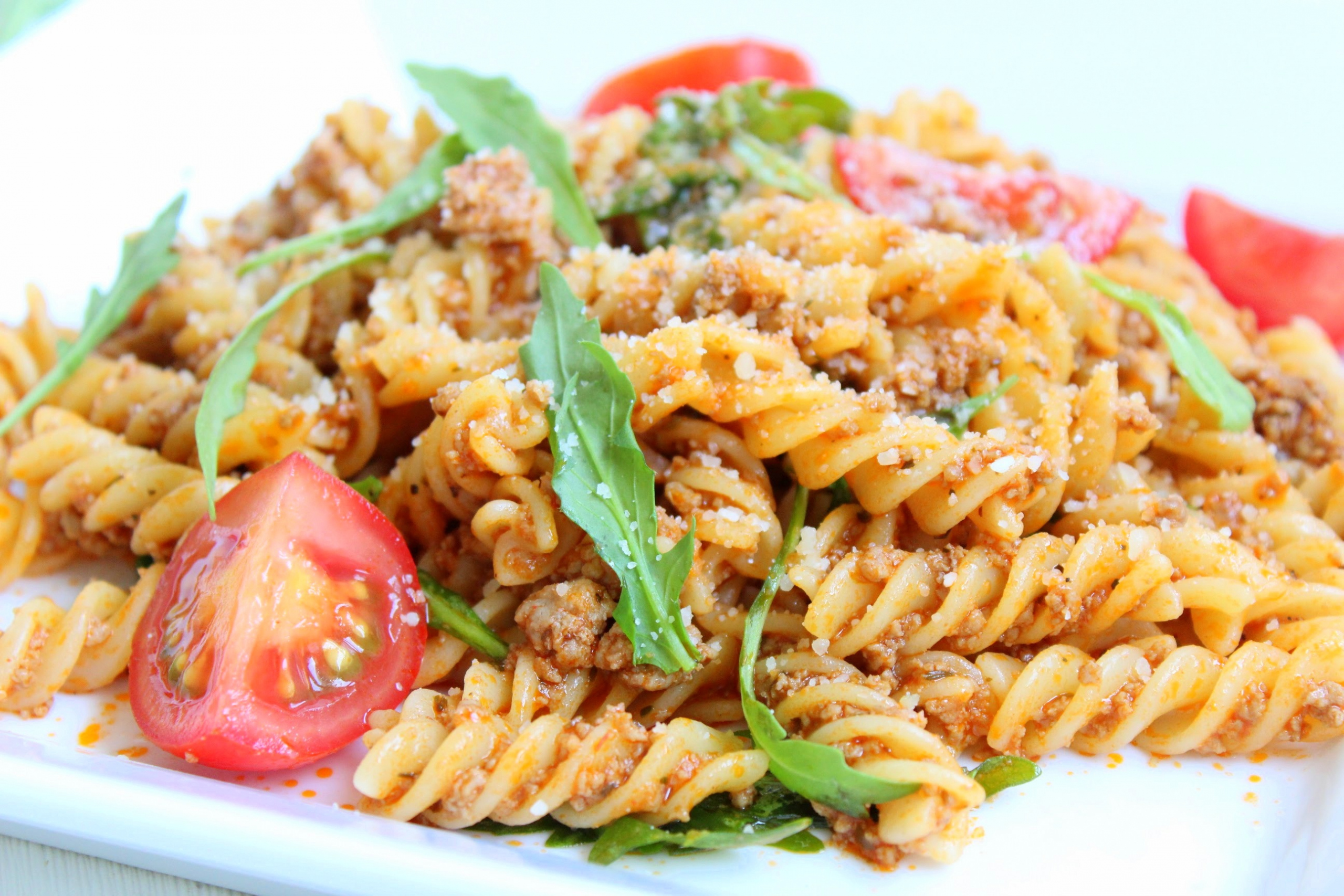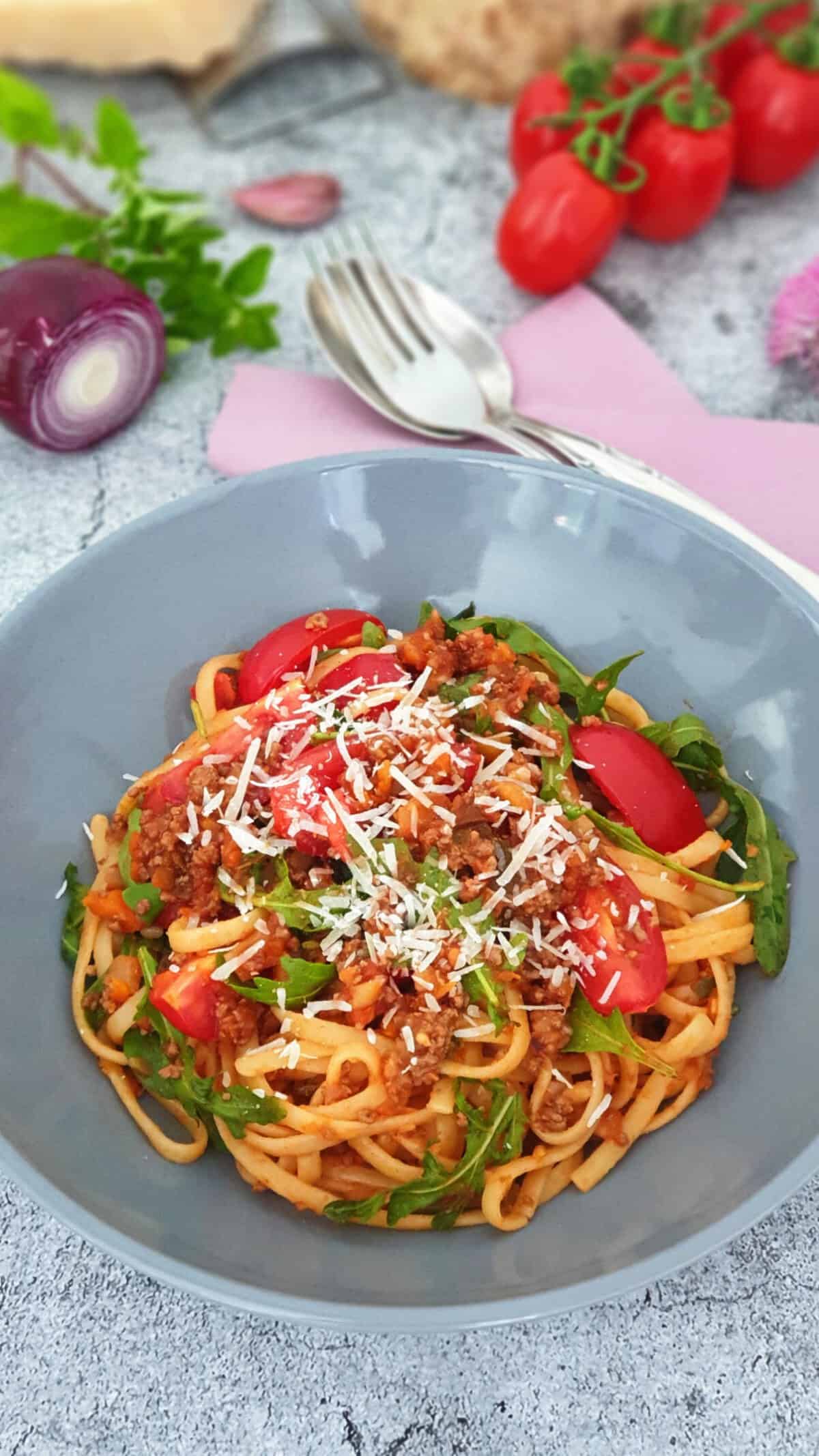When it comes to Italian cuisine, pasta bella stands out as a timeless classic that has captured the hearts of food lovers around the world. Whether you're a seasoned chef or a casual home cook, this dish offers endless possibilities and flavors that cater to every palate. Pasta bella is more than just a meal; it's an experience that brings people together.
From its humble beginnings in Italy to its global popularity today, pasta bella continues to evolve while staying true to its authentic roots. This article dives deep into the world of pasta bella, exploring its history, ingredients, cooking techniques, and cultural significance. Whether you're looking to master the perfect recipe or simply learn more about this beloved dish, you'll find everything you need here.
Join us on this culinary journey as we uncover the secrets behind making pasta bella a staple in kitchens worldwide. By the end of this article, you'll have a comprehensive understanding of what makes pasta bella so special and how to create your own delicious versions at home.
Read also:Barbara Dunkleman The Remarkable Journey Of A Visionary Leader
Table of Contents
- The History of Pasta Bella
- Key Ingredients in Pasta Bella
- Types of Pasta Bella
- How to Cook Pasta Bella
- Creative Variations of Pasta Bella
- Health Benefits of Pasta Bella
- Best Wine Pairings for Pasta Bella
- Cooking Tips for Perfect Pasta Bella
- Delicious Pasta Bella Recipes
- Frequently Asked Questions About Pasta Bella
The History of Pasta Bella
Pasta bella traces its origins back to the rich culinary traditions of Italy. Historians believe that pasta as we know it today was introduced to Italy by the Arabs during the 9th century. Over time, Italians refined the recipe, creating a variety of pasta shapes and flavors that would eventually become synonymous with their culture.
By the 16th century, pasta had become a staple in Italian households, with regions developing their own unique recipes and cooking methods. Pasta bella, in particular, gained popularity due to its versatility and ability to incorporate local ingredients. Today, it remains one of the most beloved dishes in Italian cuisine, enjoyed by millions across the globe.
How Pasta Bella Became a Global Phenomenon
As Italian immigrants traveled to other parts of the world, they brought with them the art of pasta-making. This led to the widespread adoption of pasta bella in countries like the United States, Australia, and beyond. Chefs and home cooks alike began experimenting with new ingredients and techniques, giving rise to countless variations of the classic dish.
According to a report by the International Pasta Organization, global pasta consumption reached 16 million tons in 2022, with pasta bella being one of the most popular varieties. Its ability to adapt to different cuisines and dietary preferences has ensured its place as a universal favorite.
Key Ingredients in Pasta Bella
Pasta bella is made using simple yet high-quality ingredients that highlight its authentic Italian flavors. Below are the essential components that go into making this delicious dish:
- Pasta: Choose from a variety of shapes such as penne, fusilli, or spaghetti, depending on your preference.
- Sauce: Tomato-based sauces, cream-based sauces, or pesto are commonly used in pasta bella recipes.
- Proteins: Add chicken, beef, shrimp, or plant-based proteins for added flavor and nutrition.
- Vegetables: Bell peppers, zucchini, spinach, and mushrooms are popular choices to enhance the dish.
- Herbs and Spices: Fresh basil, oregano, garlic, and red pepper flakes add depth and aroma to the pasta.
Using fresh, high-quality ingredients is key to achieving the best results when preparing pasta bella. For those looking to make their own pasta from scratch, combining flour and eggs creates a dough that can be rolled out and cut into desired shapes.
Read also:Noa Argamani Boyfriend Dead Tragic Love Story And Its Impact
Types of Pasta Bella
Pasta bella comes in many forms, each offering a unique taste and texture experience. Here are some of the most popular types:
1. Classic Tomato-Based Pasta Bella
This version features a rich tomato sauce infused with garlic, onions, and herbs. It's a versatile option that pairs well with various proteins and vegetables.
2. Creamy Alfredo Pasta Bella
For those who prefer a lighter, creamier dish, Alfredo sauce made from butter, cream, and Parmesan cheese is a perfect choice. This type of pasta bella is often served with chicken or shrimp.
3. Vegan Pasta Bella
With the growing popularity of plant-based diets, vegan pasta bella has become increasingly common. Made with vegetable-based sauces and proteins like tofu or seitan, this version is both delicious and nutritious.
How to Cook Pasta Bella
Cooking pasta bella is a straightforward process that requires attention to detail and a few essential techniques. Follow these steps to create a restaurant-quality dish at home:
- Boil water in a large pot and add salt for flavor.
- Once the water is boiling, add the pasta and cook according to package instructions until al dente.
- While the pasta is cooking, prepare your sauce by sautéing onions and garlic in olive oil.
- Add your choice of sauce ingredients and let it simmer for 10-15 minutes.
- Combine the cooked pasta with the sauce, stirring gently to coat evenly.
- Garnish with fresh herbs and grated cheese before serving.
Properly cooking pasta bella involves balancing flavors and textures to create a harmonious dish. Experiment with different combinations to find your perfect recipe.
Creative Variations of Pasta Bella
While traditional pasta bella recipes are undeniably delicious, there's always room for creativity in the kitchen. Here are some innovative ways to enjoy this classic dish:
- Mediterranean Pasta Bella: Incorporate sun-dried tomatoes, olives, and feta cheese for a taste of the Mediterranean.
- Mexican-Inspired Pasta Bella: Use chili powder, cumin, and corn kernels to give your pasta a spicy twist.
- Asian Fusion Pasta Bella: Combine soy sauce, ginger, and sesame oil with your favorite noodles for an Asian-inspired flavor profile.
These variations not only add excitement to your meals but also cater to diverse palates and dietary preferences.
Health Benefits of Pasta Bella
Contrary to popular belief, pasta bella can be part of a healthy diet when prepared correctly. Whole grain pasta provides fiber and essential nutrients, while fresh vegetables and lean proteins contribute to a balanced meal.
A study published in the journal Nutrients found that moderate pasta consumption was associated with a lower risk of obesity and improved overall health. By focusing on portion control and using nutrient-dense ingredients, you can enjoy pasta bella without compromising your wellness goals.
Best Wine Pairings for Pasta Bella
No pasta bella experience is complete without the right wine pairing. Here are some recommendations based on the type of pasta you're serving:
- Tomato-Based Pasta Bella: Pair with a Chianti or Barbera for their robust flavors that complement the acidity of the sauce.
- Creamy Pasta Bella: Choose a white wine like Pinot Grigio or Chardonnay to balance the richness of the dish.
- Vegan Pasta Bella: Opt for a light red wine such as Beaujolais or a fruity Rosé to enhance the natural flavors of the ingredients.
Experiment with different wine pairings to discover your favorite combinations and elevate your dining experience.
Cooking Tips for Perfect Pasta Bella
Mastering the art of pasta bella requires practice and a few insider tips. Here are some expert advice to help you achieve perfection every time:
- Always use plenty of salted water when cooking pasta to enhance the flavor.
- Reserve some pasta water before draining to adjust the consistency of your sauce if needed.
- Don't overcook the pasta; it should remain slightly firm to the bite (al dente).
- Taste and adjust seasoning as you go to ensure balanced flavors.
These simple yet effective tips will take your pasta bella game to the next level, impressing friends and family alike.
Delicious Pasta Bella Recipes
Ready to try your hand at making pasta bella? Here are two mouthwatering recipes to get you started:
1. Spicy Shrimp Pasta Bella
Ingredients:
- 400g pasta of your choice
- 200g shrimp, peeled and deveined
- 2 tbsp olive oil
- 4 cloves garlic, minced
- 1 red chili, sliced
- 400g canned tomatoes
- 1 tsp dried oregano
- Salt and pepper to taste
- Fresh parsley, chopped
Instructions:
- Cook the pasta according to package instructions and set aside.
- In a large pan, heat the olive oil and sauté the garlic and chili until fragrant.
- Add the shrimp and cook until pink and cooked through.
- Pour in the canned tomatoes, oregano, salt, and pepper. Simmer for 10 minutes.
- Combine the pasta with the sauce and garnish with fresh parsley before serving.
2. Creamy Mushroom Pasta Bella
Ingredients:
- 400g pasta of your choice
- 2 tbsp butter
- 200g mixed mushrooms, sliced
- 2 cloves garlic, minced
- 200ml heavy cream
- 50g Parmesan cheese, grated
- Salt and pepper to taste
- Chopped chives for garnish
Instructions:
- Cook the pasta until al dente and set aside.
- Melt the butter in a pan and sauté the mushrooms and garlic until soft.
- Stir in the heavy cream and Parmesan cheese, allowing the sauce to thicken.
- Combine the pasta with the sauce and season to taste.
- Garnish with chopped chives before serving.
Frequently Asked Questions About Pasta Bella
Here are some common questions people have about pasta bella:
1. What makes pasta bella different from other pasta dishes?
Pasta bella is distinguished by its emphasis on fresh, high-quality ingredients and balanced flavors. It often incorporates a variety of proteins, vegetables, and sauces to create a well-rounded dish.
2. Can I freeze leftover pasta bella?
Yes, pasta bella can be frozen for up to three months. Allow it to cool completely before transferring it to an airtight container. Reheat in the microwave or on the stove, adding a little water or sauce to prevent it from drying out.
3. Is pasta bella suitable for a gluten-free diet?
Yes, by using gluten-free pasta options, you can enjoy pasta bella while adhering to a gluten-free lifestyle. Many brands now offer excellent alternatives that maintain the texture and flavor of traditional pasta.
Conclusion
Pasta bella is more than just a dish; it's a celebration of flavors, traditions, and creativity. From its rich history to its countless variations, this Italian staple continues to captivate food enthusiasts worldwide. By following the tips and recipes outlined in this article, you can create your own delicious versions of pasta bella that will impress even the most discerning palates.
We encourage you to share your pasta bella creations with us by leaving a comment below or exploring more articles on our website. Whether you're a beginner or


